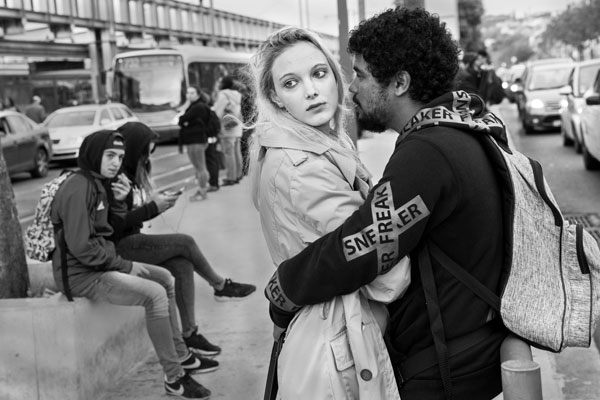5 Simple Techniques For Framing Streets
Table of ContentsOur Framing Streets PDFsThe 45-Second Trick For Framing StreetsWhat Does Framing Streets Do?The Buzz on Framing StreetsEverything about Framing StreetsFraming Streets - An Overview
Photography genre "Crufts Pet Program 1968" by Tony Ray-Jones Road photography (additionally occasionally called candid digital photography) is photography conducted for art or query that includes unmediated possibility experiences and arbitrary occurrences within public locations, usually with the objective of capturing images at a crucial or emotional minute by mindful framing and timing. 
Framing Streets Fundamentals Explained
Susan Sontag, 1977 Street digital photography can concentrate on individuals and their behavior in public. In this respect, the road photographer resembles social docudrama professional photographers or photographers that also operate in public locations, however with the aim of capturing relevant occasions. Any one of these photographers' pictures might record individuals and building noticeable within or from public places, which usually requires navigating ethical problems and legislations of personal privacy, security, and residential or commercial property.
Representations of daily public life develop a style in virtually every duration of world art, beginning in the pre-historic, Sumerian, Egyptian and very early Buddhist art durations. Art taking care of the life of the street, whether within sights of cityscapes, or as the leading theme, appears in the West in the canon of the Northern Renaissance, Baroque, Rococo, of Romanticism, Realistic look, Impressionism and Post-Impressionism.
4 Simple Techniques For Framing Streets
Louis Daguerre: "Blvd du Temple" (1838 or 1839) In 1838 or 1839 the initial photo of numbers in the road was taped by Louis-Jacques-Mand Daguerre in one of a pair of daguerreotype sights drawn from his studio home window of the Boulevard du Temple in Paris. The 2nd, made at the height of the day, reveals an unpopulated stretch of road, while the other was taken at regarding 8:00 am, and as Beaumont Newhall reports, "The Blvd, so constantly full of a moving crowd of pedestrians and carriages was flawlessly solitary, other than an individual that was having his boots brushed.
, that was motivated to undertake a comparable documents of New York City. As the city established, Atget assisted to promote Parisian streets as a worthy topic for digital photography.

Facts About Framing Streets Uncovered
In between 1946 and 1957 Le Groupe des XV yearly showed work of this kind. Andre Kertesz. Circus, Budapest, 19 May 1920 Street photography created the significant content of two exhibitions at the Museum of Modern Art (Mo, MA) in New York curated by Edward Steichen, Five French Professional Photographers: Brassai; Cartier-Bresson, Doisneau, Ronis, Izis in 1951 to 1952, and Post-war European Digital Photography in 1953, which exported the principle of road photography globally.

The Greatest Guide To Framing Streets
The recording device was 'a hidden electronic camera', a 35 mm Contax concealed beneath his layer, that was 'strapped to the chest and attached to a long cord strung down the ideal sleeve'. However, his job had little contemporary impact as because of Evans' sensitivities concerning the originality of his task and the privacy of his topics, it was not published till 1966, in guide Many Are Called, with an intro written by James Agee in 1940.
Helen Levitt, then an educator of kids, related to Evans in 193839. She documented the transitory chalk illustrations - photography presets that belonged to youngsters's street society in New york city at the time, as well as the children who made them. In July 1939, Mo, MA's brand-new photography section consisted of Levitt's operate in its inaugural eventRobert Frank's 1958 publication,, was significant; raw and frequently indistinct, Frank's images questioned traditional digital photography of the time, "challenged all the formal regulations set by Henri Cartier-Bresson and Walker Evans" and "flew in the face of the wholesome pictorialism and genuine photojournalism of American publications like LIFE and Time".